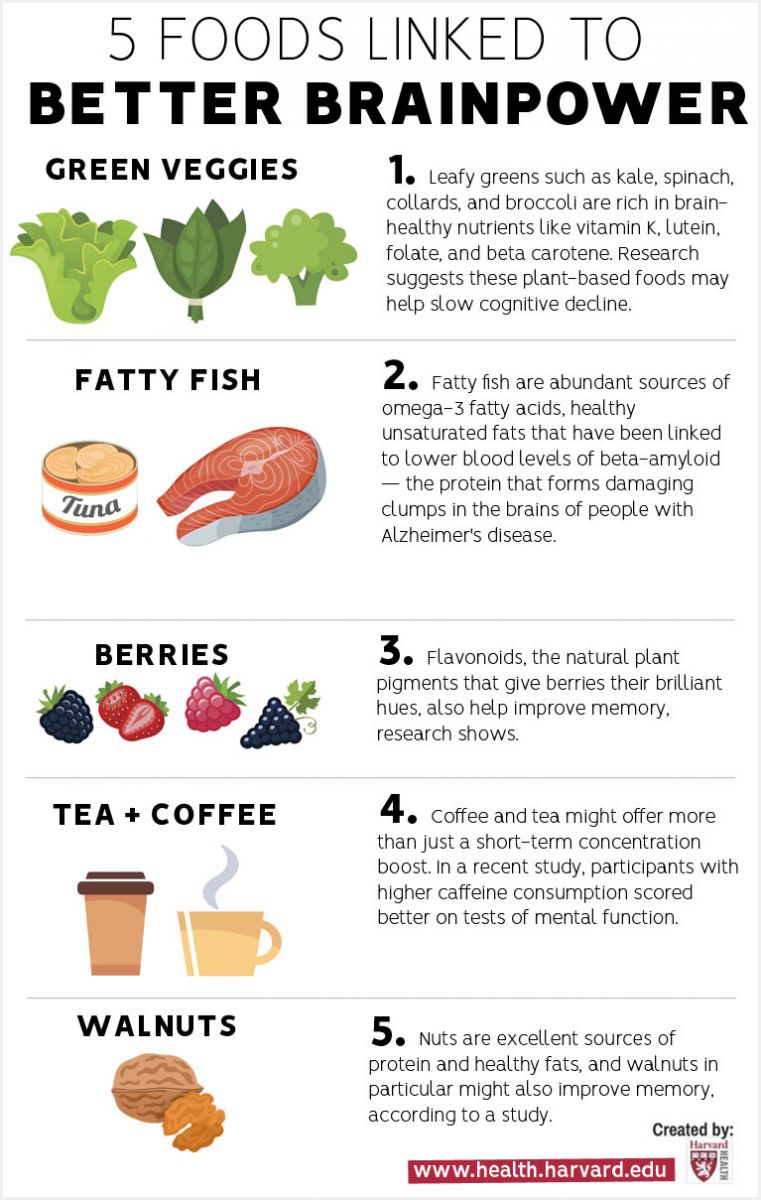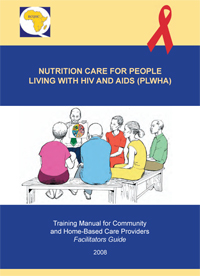
If you want to lose weight and stay fit, the DASH diet may be the right choice for you. This new diet follows the Mediterranean diet. It is full of healthy fats. This diet is simple to adapt, but can be challenging to follow if you rely on processed foods or eat lots of red meat. It is high in fat and low sodium so it might not be the best option for those who have trouble adjusting to a new diet.
The American Heart Association says that this diet isn't just for those with high blood pressure. This diet can be used to lower your hypertension. It is also associated with a lower chance of developing heart disease. It includes vegetables, fruits, and lean meats rich in fiber. It is also low in fat and sugar. It can reduce the risk of developing cardiovascular disease. Besides cutting back on fat and sugar, the DASH diet also helps you lose weight and stay in shape.

DASH encourages the consumption of whole grains. These foods are often high in dietary fibre. The Dietary Guidelines for Adults recommend that adult men and women consume between 25 to 30 grams of dietary fiber daily. The DASH diet recommends that you consume at least 30g of fiber per day. This is more than the recommended intake for a diet of 2,000 calories. It is important that you note that DASH doesn't work for everyone.
Changes in your diet are important if you suffer from high blood pressure. Changes in your diet that include more fruits and veggies will help lower your blood pressure and control hypertension. Spices and herbs are another option. You should also include more whole grains in the diet. This includes brown rice and oats as well as brown pasta.
While the DASH diet might sound appealing to people with high bloodpressure, it is not recommended for everyone. It has many drawbacks. Although it is not a good way to lower blood pressure, it can help you lose weight while maintaining a healthy lifestyle. People with hypertension should also be advised to follow the DASH Diet. Although it looks similar to the Mediterranean lifestyle, it provides many advantages.

DASH diet allows for moderate amounts of fat. This can be a great way to keep on track for a long period of time. The DASH diet is beneficial for those with high bloodpressure, even though it can be hard for some. It can also be helpful for diabetics who have had high blood sugar in the past. While the DASH diet is not recommended for people with high blood pressure, it is generally a healthy way to lose weight and keep it off.
FAQ
What is the best way to live a healthy lifestyle?
You can live a healthier lifestyle if you eat healthy food and exercise regularly. This will ensure that you live a long healthy life.
It's easy to start small with your exercise and diet. You can lose weight by walking 30 minutes each day if you are looking to lose weight. For more activity, you can try swimming or dancing. You could also sign up to an online fitness platform like Strava, which tracks your activity.
How do you measure body fat?
A Body Fat Analyzer (BFA) is the best method to measure bodyfat. These devices measure the body fat percentage in people who wish to lose weight.
Here are 7 ways to live a healthy lifestyle.
-
Make sure you eat right
-
Exercise regularly
-
Good sleep
-
Drink plenty of water.
-
Get adequate rest
-
Be happy
-
Smile often
How do I get enough vitamins?
Your diet can provide most of your daily requirements. Supplements are an option if you are low in any vitamin. A multivitamin can contain all the vitamins that you need. You can also purchase individual vitamins at your local drugstore.
Talk to your doctor if you have concerns about your nutritional intake. You can find vitamins K and E in dark green leafy vegetable such as spinach, kale and turnip leaves, as well a variety of sweet potatoes and sweet potatoes.
Ask your doctor to help you determine the right amount of vitamin. The doctor will determine the proper dosage based upon your medical history as well as your current health.
Statistics
- WHO recommends consuming less than 5% of total energy intake for additional health benefits. (who.int)
- According to the Physical Activity Guidelines for Americans, we should strive for at least 150 minutes of moderate intensity activity each week (54Trusted Source Smoking, harmful use of drugs, and alcohol abuse can all seriously negatively affect your health. (healthline.com)
- This article received 11 testimonials and 86% of readers who voted found it helpful, earning it our reader-approved status. (wikihow.com)
- According to the 2020 Dietary Guidelines for Americans, a balanced diet high in fruits and vegetables, lean protein, low-fat dairy and whole grains is needed for optimal energy. (mayoclinichealthsystem.org)
External Links
How To
What does the term "vitamins" mean?
Vitamins are organic compounds found naturally in food. Vitamins help us absorb nutrients from foods we eat. Vitamins cannot be produced by the body. They must be acquired from food.
There are two types of vitamins: water soluble and fat soluble. Water-soluble vitamins dissolve easily when they are dissolved in water. Some examples include vitamin C,B1 and B2 vitamins (thiamine), B2 and riboflavin, B3 and B6 vitamins (niacin), folic acids, biotin, pantothenic acids, and cholesterol. The liver and fatty tissues are home to fat-soluble vitamins. Examples include vitamin D, E, K, A, and beta carotene.
Vitamins are classified according their biological activity. There are eight main groups of vitamins.
-
A – Essential for normal growth, and the maintenance of good health.
-
C - vital for proper nerve function, and energy production.
-
D – Essential for healthy teeth, bones and joints
-
E - needed for good vision and reproduction.
-
K - required for healthy muscles and nerves.
-
P - Essential for strong bones and teeth.
-
Q – aids digestion of iron and iron absorption
-
R is required for the production of red blood cells.
The recommended daily intake (RDA), of vitamins varies with age, gender and physical condition. The U.S. Food and Drug Administration has established the RDA values.
For adults over 19 years, the RDA is 400 mg per day for vitamin A. For fetal development, pregnant women need 600 mg per day. Children ages 1-8 require 900 micrograms per day. Infants under one year of age require 700 micrograms per day, but this amount decreases to 500 micrograms per day between 9 months and 12 months of age.
Children aged between 1-18 years require 800 micrograms of sugar per day, while overweight children need 1000 micrograms. Children who are underweight receive 1200 micrograms every day to meet their nutritional requirements.
2200 mg of vitamin A per day is required for children aged 4-8 who have been diagnosed by anemia.
2000 micrograms are required daily for good health in adults over 50. Women who are pregnant or breastfeeding need 3000 micrograms per day due to increased nutrient requirements.
1500 micrograms is the recommended daily intake for adults aged 70+, who lose approximately 10% of muscle each year.
Women who are pregnant and lactating need more nutrients than the RDA. Pregnant women need 4000 micrograms per dayduring pregnancy and 2500 micrograms per day after delivery. Breastfeeding moms need 5000 micrograms each day when breastmilk production occurs.